Western Sahara travel tips
Western Sahara travel tips: Disputed region in North Africa, with ongoing conflict over its sovereignty, rich in desert landscapes and natural resources.
Areas 🌎
Western Sahara travel tips. Here is a list of all the areas of the Western Sahara.
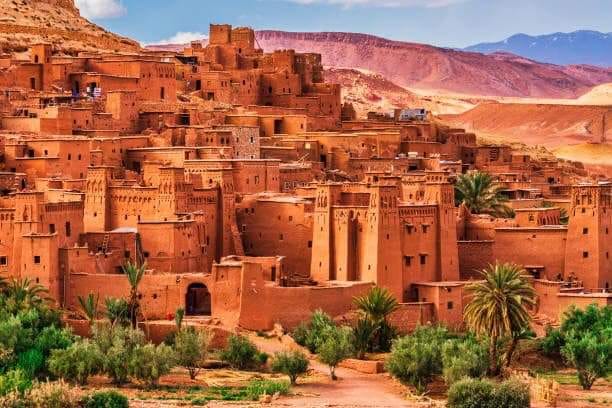
Controlled by Morocco
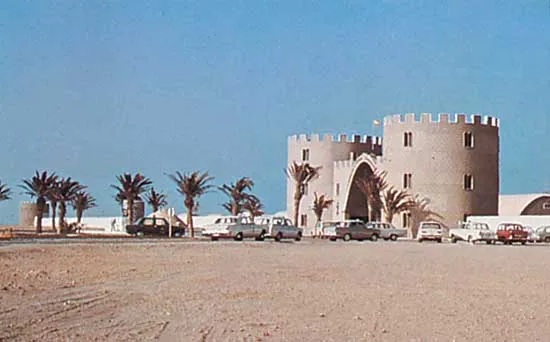
Controlled by the Sahrawi Arab Democratic Republic
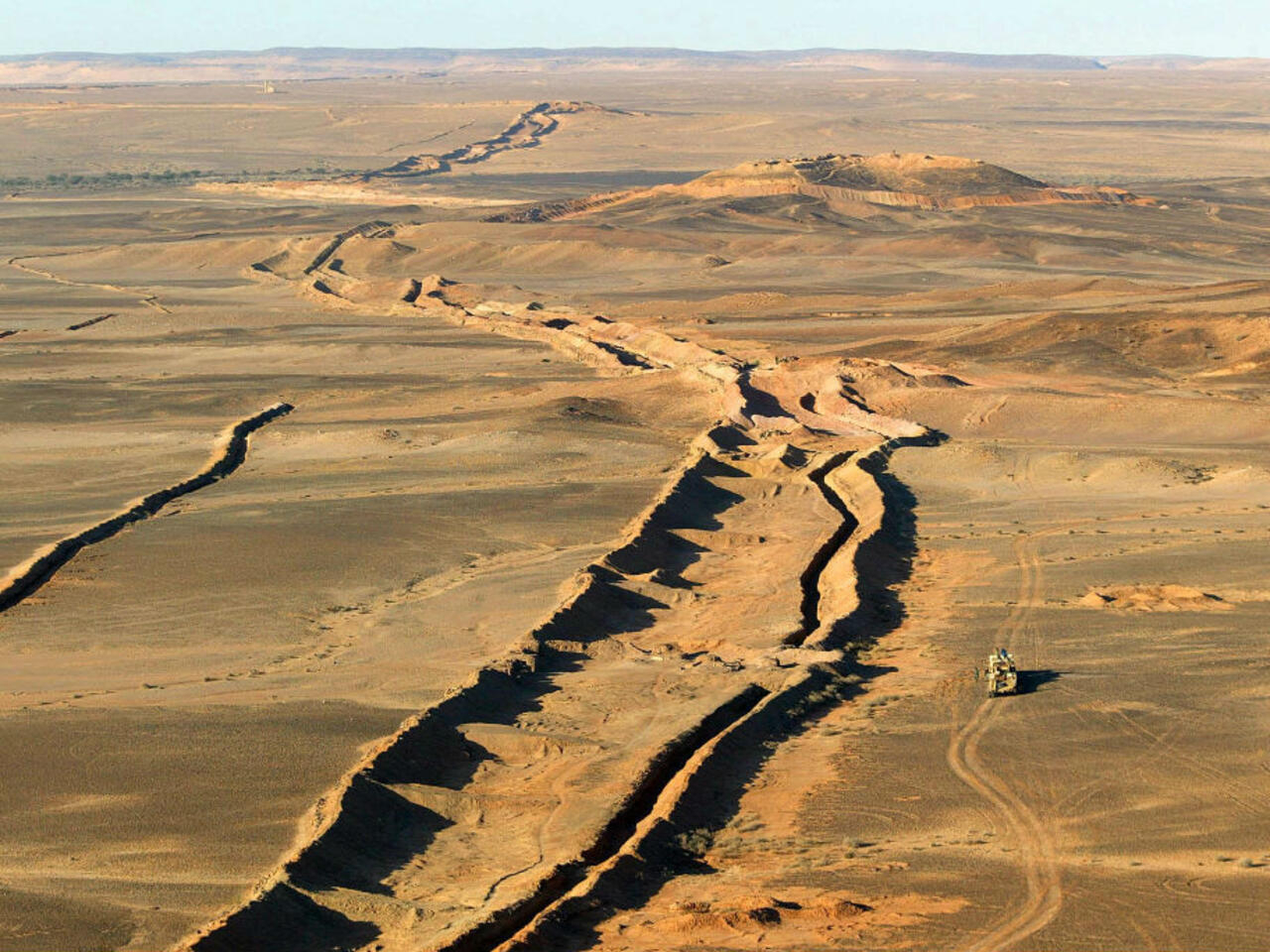
Buffer Zone (MINURSO)
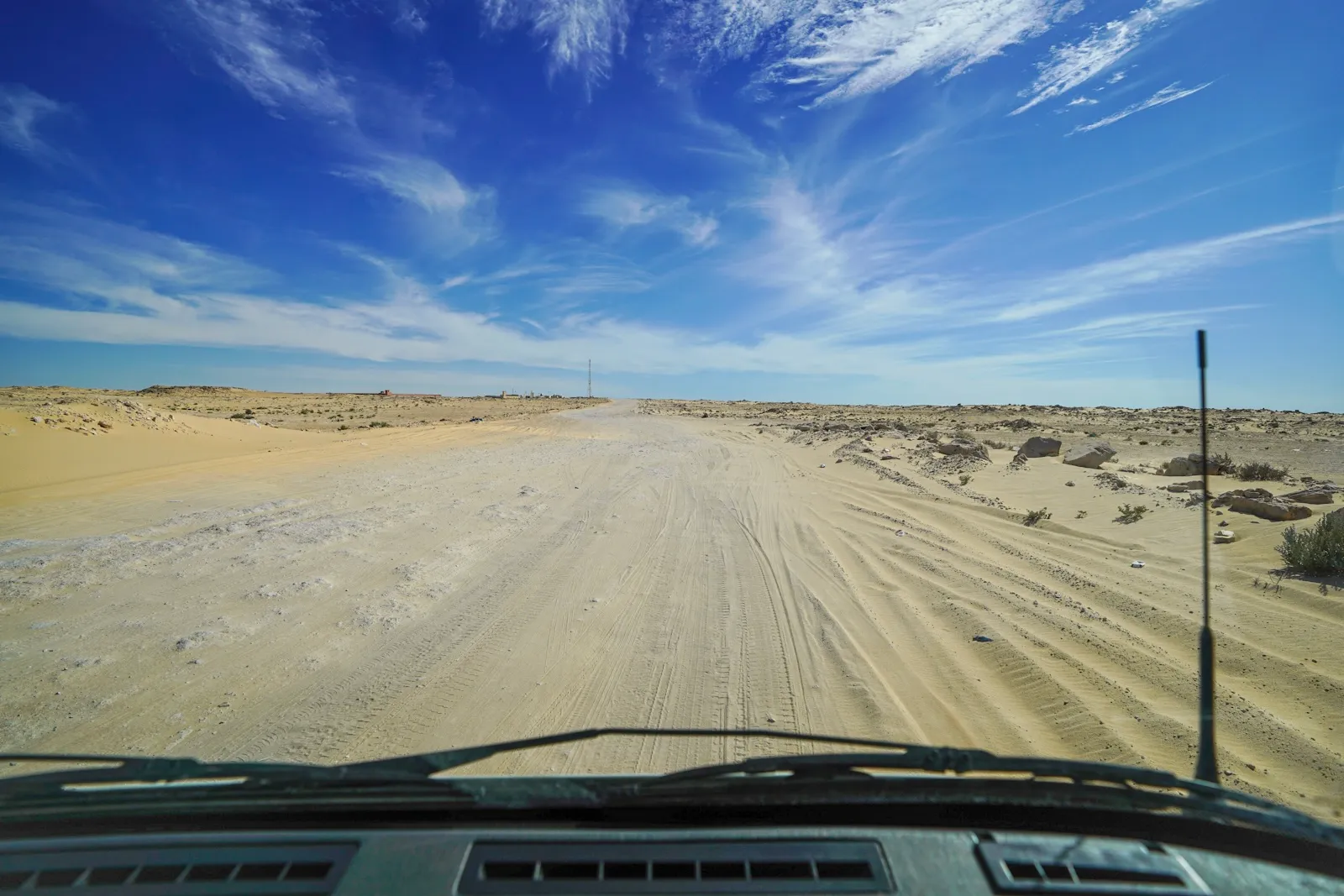
Border Areas with Algeria and Mauritania
Before you go 🛩
Important information you should know before your trip
Info
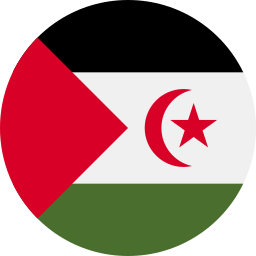
Capital | El-Aaiun
Flag Codes:
ISO alpha-2 EH,
ISO alpha-3 ESH
Currency
Badge | Moroccan Dirham
CODE | MAD
NUMBER | 504
SYMBOL | Uد.م.
FRACTION | penny
Mobile Coverage
Dialing Code | +212
SIM Card
Coverage | 3G / 4G / 5G |
Mobile Networks |
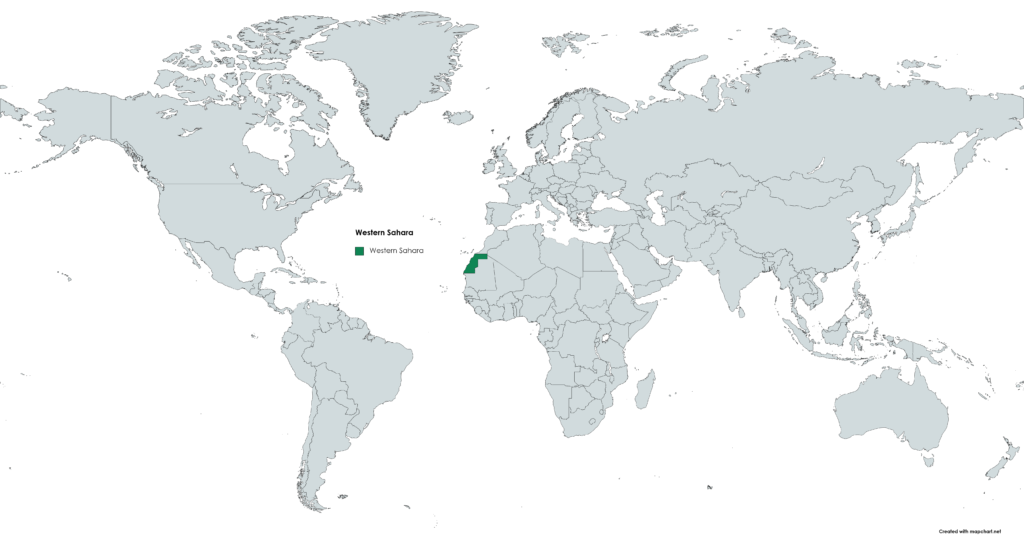
Location
The Sahrawi Arab Democratic Republic (SADR), often referred to as Western Sahara, is a disputed territory located in North Africa. It is situated in the northwestern part of the African continent, south of Morocco and west of Algeria. Here are some key details regarding the location of Western Sahara:
Borders: Western Sahara is bordered by Morocco to the north, Algeria to the northeast, and Mauritania to the east and south. To the west, it has a long coastline along the Atlantic Ocean.
Size: Western Sahara covers an area of approximately 266,000 square kilometers (about 102,600 square miles), making it one of the largest non-sovereign territories in the world.
Geography: The region features diverse geography, including vast desert expanses, mountain ranges (such as the Atlas Mountains and the Saharan Plateau), and a lengthy coastline along the Atlantic Ocean.
Status: The political status of Western Sahara is a subject of dispute. Morocco claims sovereignty over the territory and has exercised de facto control over most of it. However, the Sahrawi Arab Democratic Republic (SADR), a self-declared state, claims sovereignty over Western Sahara and has received recognition from some countries and organizations.
Conflict: The region has been the subject of a long-standing conflict between the indigenous Sahrawi people, who seek self-determination and independence under the SADR, and Morocco, which maintains administrative control over the territory.
The status of Western Sahara remains unresolved, and efforts to reach a political solution and hold a referendum on self-determination have encountered challenges and delays. The region’s political situation is complex, and its final status remains a subject of international diplomacy and negotiation.
Currency
The currency used in the disputed territory of Western Sahara, also known as the Sahrawi Arab Democratic Republic (SADR), is the Moroccan Dirham (MAD). Morocco maintains administrative control over most of Western Sahara, and as a result, the Moroccan Dirham is the currency commonly used in the region. Please note that the political status of Western Sahara is a subject of dispute, and the Sahrawi Arab Democratic Republic (SADR) claims sovereignty over the territory. The use of the Moroccan Dirham in Western Sahara reflects the de facto control exercised by Morocco in the area.
Languages
The situation regarding language in the disputed territory of Western Sahara, also known as the Sahrawi Arab Democratic Republic (SADR), is complex due to the ongoing political conflict and the division of the region between the SADR and Morocco. Here are some key points regarding languages in Western Sahara:
Official Languages of SADR: The Sahrawi Arab Democratic Republic (SADR) claims sovereignty over Western Sahara and has declared that its official languages are Arabic and Spanish.
Arabic: Arabic is widely spoken and understood in Western Sahara, particularly among the local Sahrawi population. It is used in various aspects of daily life.
Spanish: Spanish, a colonial legacy from Spain’s presence in Western Sahara, is also spoken by some Sahrawis. It remains influential in certain areas, especially in the Sahrawi refugee camps in Tindouf, Algeria.
Berber Languages: Some Sahrawi communities in Western Sahara may also speak Berber languages, such as Hassaniya or Tamasheq, as part of their cultural heritage.
French: While not an official language, French is often used in international and diplomatic contexts and may be spoken by some individuals, particularly those with educational backgrounds.
Moroccan Arabic (Darija): In areas of Western Sahara under Moroccan control, Moroccan Arabic (Darija) is the dominant spoken language due to Morocco’s administrative presence.
Climate 🌡
The climate in the disputed territory of Western Sahara, also known as the Sahrawi Arab Democratic Republic (SADR), is characterized by hot desert conditions. It falls within the larger Sahara Desert region and experiences typical desert climate features. Here are the key characteristics of the climate in Western Sahara:
Hot Desert Climate: Western Sahara has a hot desert climate, often referred to as a “hyper-arid desert climate.” This means that it is extremely dry and experiences high temperatures throughout the year.
High Temperatures: Temperatures in Western Sahara can be scorching, especially during the summer months. Daytime temperatures often exceed 100°F (38°C) in the hottest months, which are typically from June to August.
Low Precipitation: Precipitation in Western Sahara is minimal, with an average annual rainfall of less than 100 millimeters (4 inches). Rainfall is sporadic and irregular, and some areas may go for years without significant rainfall.
Seasonal Variations: Western Sahara experiences distinct seasonal variations. Winters are relatively mild, with daytime temperatures ranging from 64°F to 77°F (18°C to 25°C). Nights can be cooler, with temperatures dropping considerably. Summers are extremely hot, with daytime temperatures often exceeding 104°F (40°C) or higher.
Sandy Desert: Much of Western Sahara is covered by vast stretches of sandy desert, including the Sahara Desert proper. Sand dunes, rocky terrain, and barren landscapes dominate the region.
Winds: The area is known for strong winds, particularly the hot and dry Saharan winds like the Sirocco, which can bring sandstorms and dust clouds.
Coastal Climate: The coastal areas of Western Sahara along the Atlantic Ocean have a slightly moderated climate compared to the interior desert. Coastal temperatures are generally milder, and humidity levels are higher.
Western Sahara travel tips
If you’re planning a trip to Western Sahara, here are some travel tips to enhance your experience:
Visa Requirements:
Check visa requirements before traveling and ensure all necessary documents are in order.
Safety First:
Stay informed about the political situation, follow local advice, and be cautious in border areas.
Climate Preparedness:
Western Sahara has a desert climate, so pack accordingly with sunscreen, hats, and lightweight clothing.
Explore Laayoune:
Visit Laayoune, the largest city, to explore local markets, museums, and experience the urban side of Western Sahara.
Transportation:
Plan transport in advance, as public transportation can be limited. Consider hiring a local guide for better navigation. View Guide.
Political Sensitivity:
Be aware of the ongoing political situation and refrain from engaging in sensitive discussions.
Sunset in the Desert:
Witness breathtaking sunsets over the desert; it’s a unique and unforgettable experience.
Enjoy your time in Western Sahara!

The best of the best
The cuisine of the Sahrawi people, who inhabit the disputed territory of Western Sahara (also known as the Sahrawi Arab Democratic Republic or SADR), is influenced by the harsh desert environment and nomadic traditions. Sahrawi cuisine typically consists of simple yet flavorful dishes made from a limited range of ingredients available in the region.
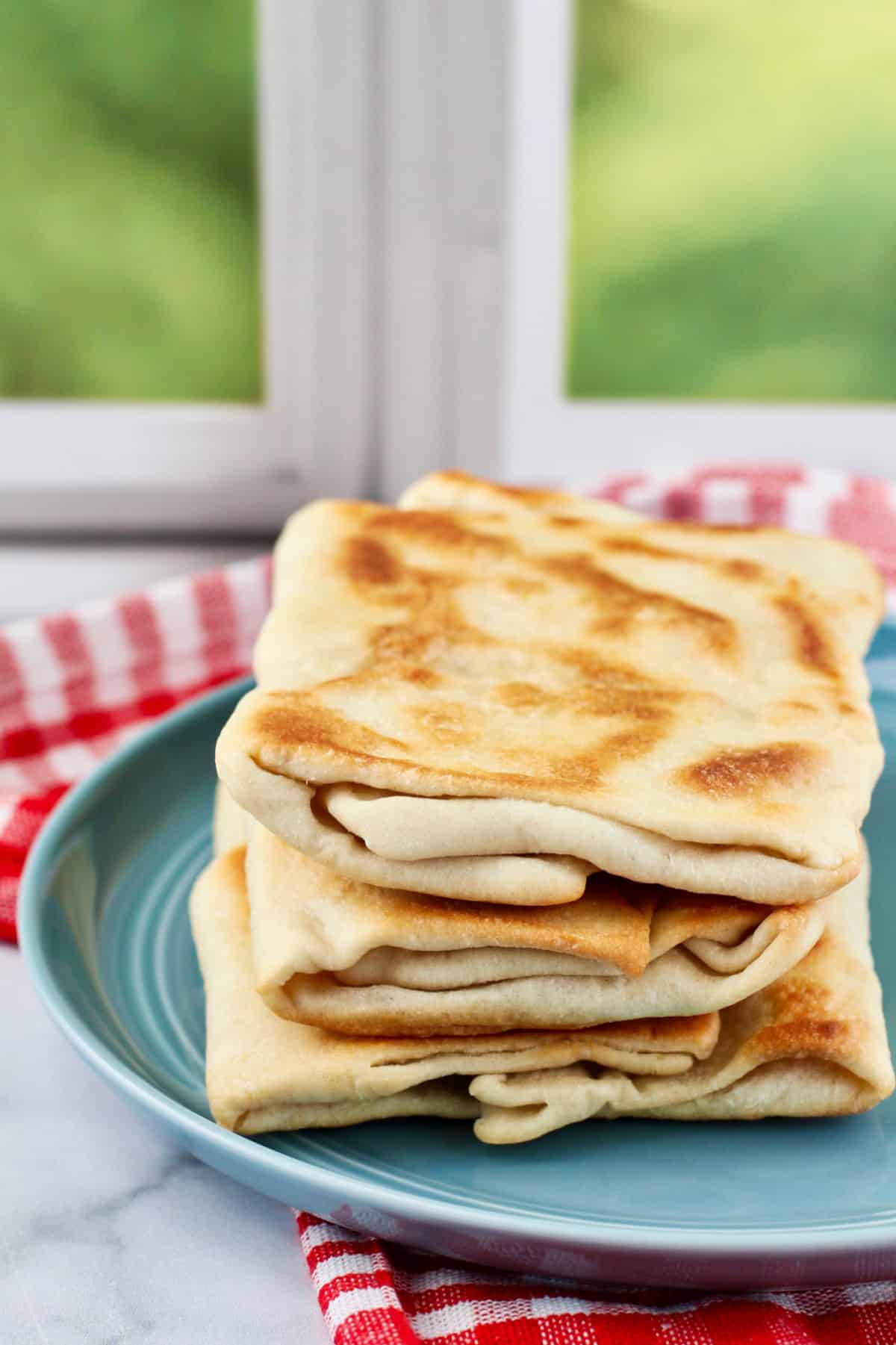
Rgaïf
Rgaïf, also known as msemen or meloui in other North African regions, is a type of flatbread. It is made by rolling out dough into thin layers, folding it, and then cooking it on a griddle. Rgaïf is a staple food and is often served with various toppings and fillings.
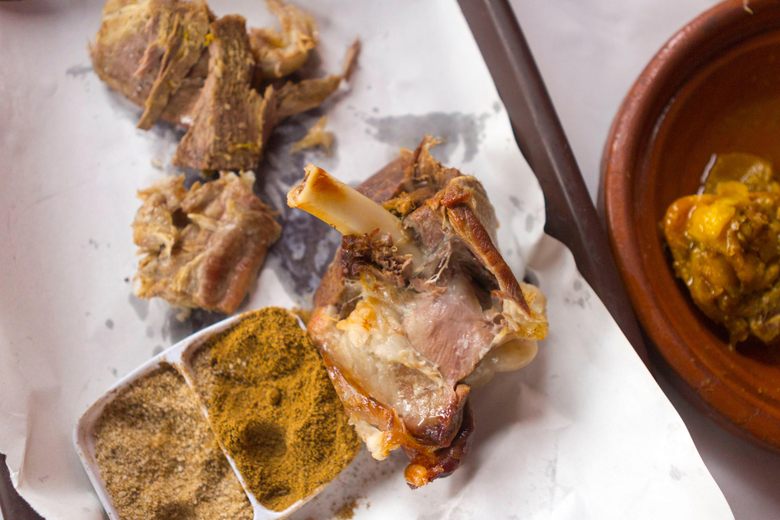
Mechoui
Mechoui is a popular celebratory dish made from whole roasted lamb or sheep. The meat is seasoned with spices and roasted slowly until tender and flavorful.
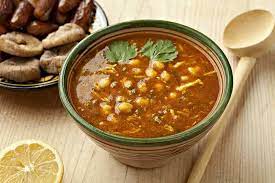
Harira
Harira is a hearty soup that may be enjoyed during special occasions. It is typically made with tomatoes, lentils, chickpeas, and a blend of herbs and spices.
Here are some typical foods and dishes of the Sahrawi people:
Tea: Like in many North African cultures, tea is an essential part of Sahrawi hospitality. Sahrawi tea is typically green tea flavored with fresh mint leaves and sweetened with a generous amount of sugar.
Dates: Dates are a common snack and source of natural sweetness in Sahrawi cuisine. They are often enjoyed with tea and provide energy for desert life.
Jben: Jben is a type of cheese made from goat or sheep milk. It can be eaten plain or used as an ingredient in various dishes.
Breads and Pastries: In addition to rgaïf, Sahrawi cuisine includes other types of bread and pastries, often prepared using local grains and techniques.
Sahrawi Taguella: Taguella is a type of unleavened bread made from a mixture of semolina and water. It is traditionally baked on hot stones or in the sand, making it an essential part of Sahrawi nomadic life.
Zrig: Zrig is a traditional clarified butter or ghee used in Sahrawi cooking to add flavor and richness to dishes.
Fresh Seafood: In coastal regions of Western Sahara, fresh seafood is a significant part of the diet. Fish and seafood are often grilled or prepared in tagines with local spices.
Sahrawi cuisine reflects the resourcefulness of the Sahrawi people in adapting to the desert environment and making the most of the ingredients available to them. It is characterized by its simplicity, reliance on staple foods, and the use of flavorful herbs and spices.
Transportation 🚥
More information about this country
Choose your destination 📍🗺
Useful Links ✅



